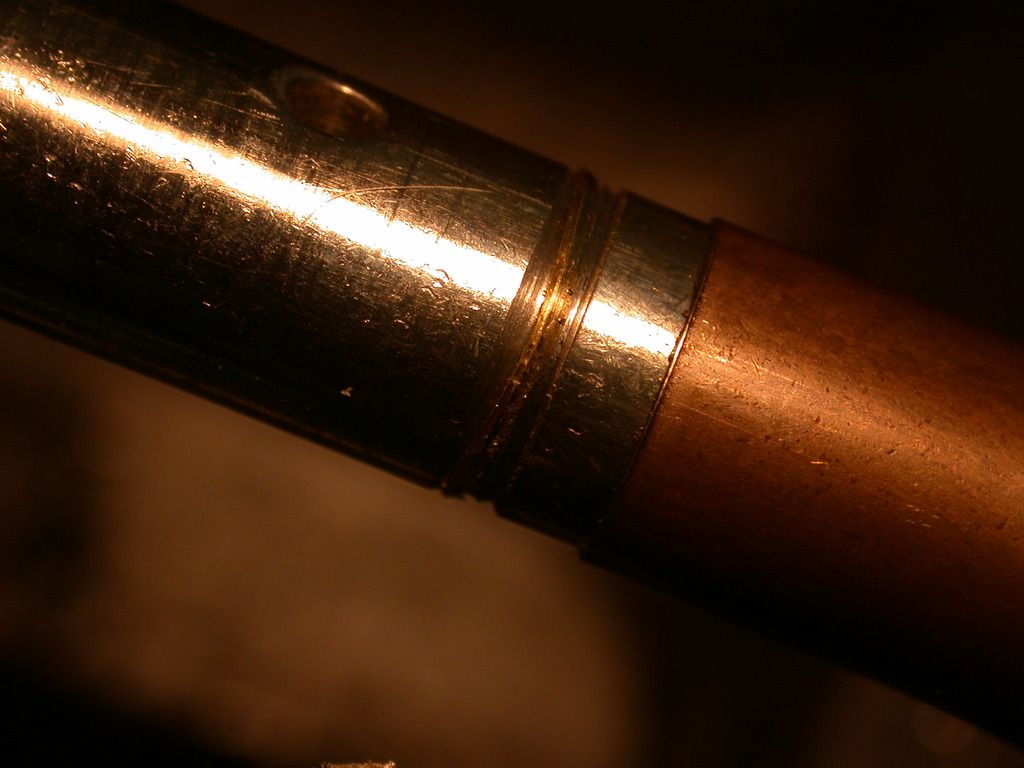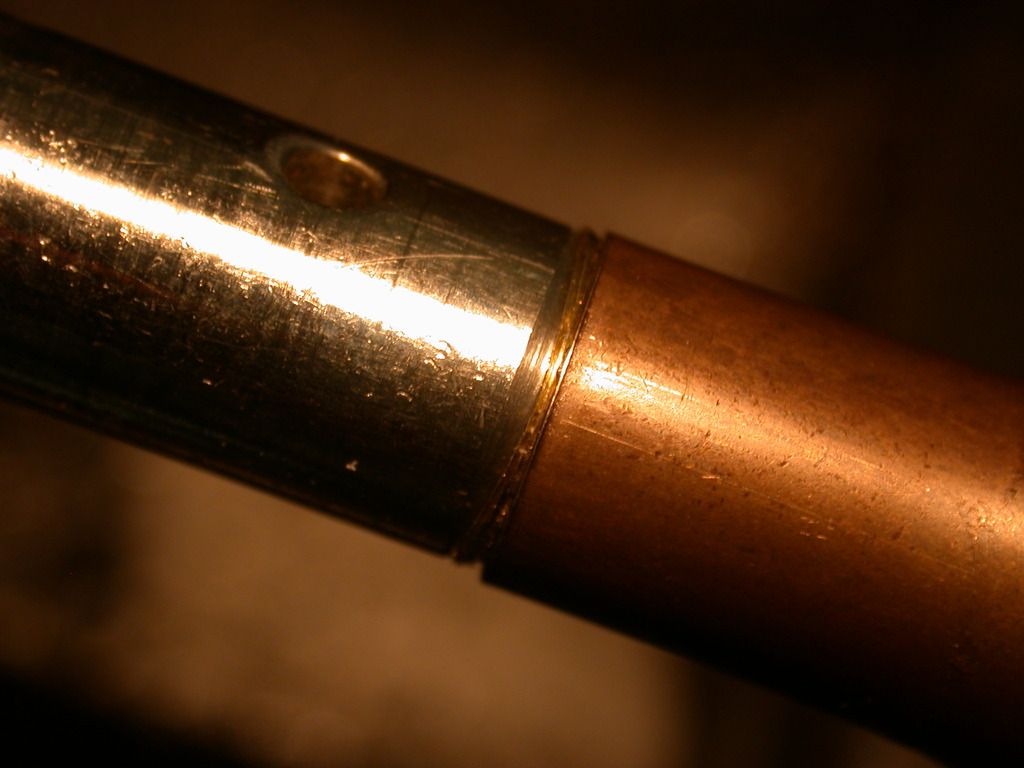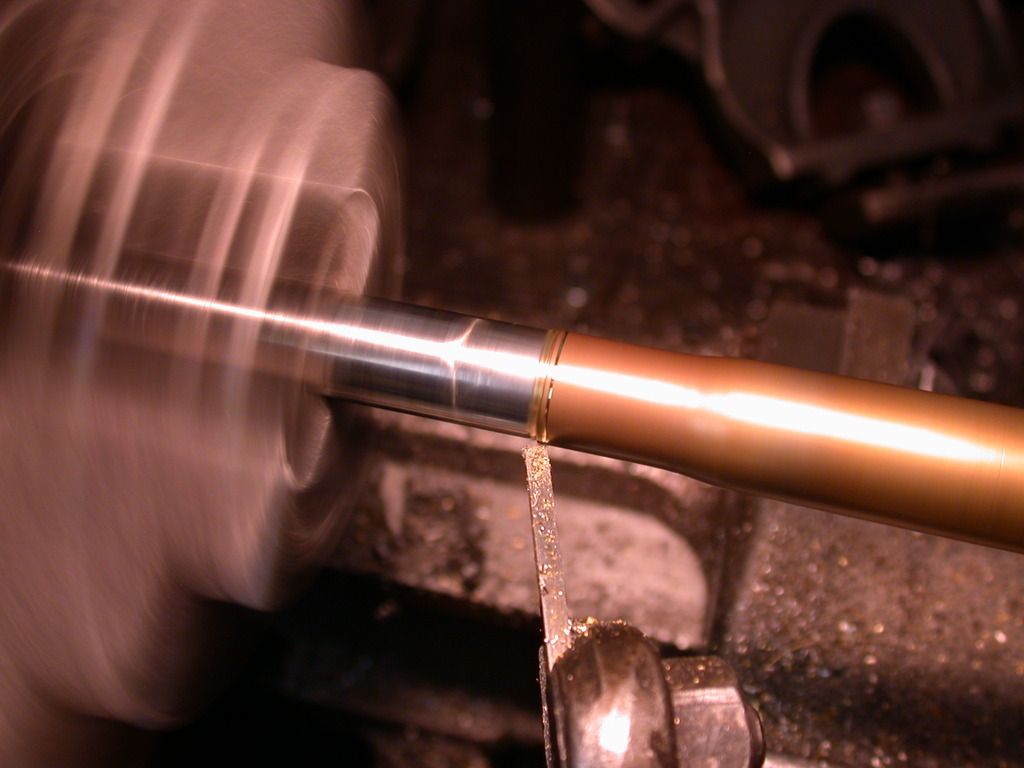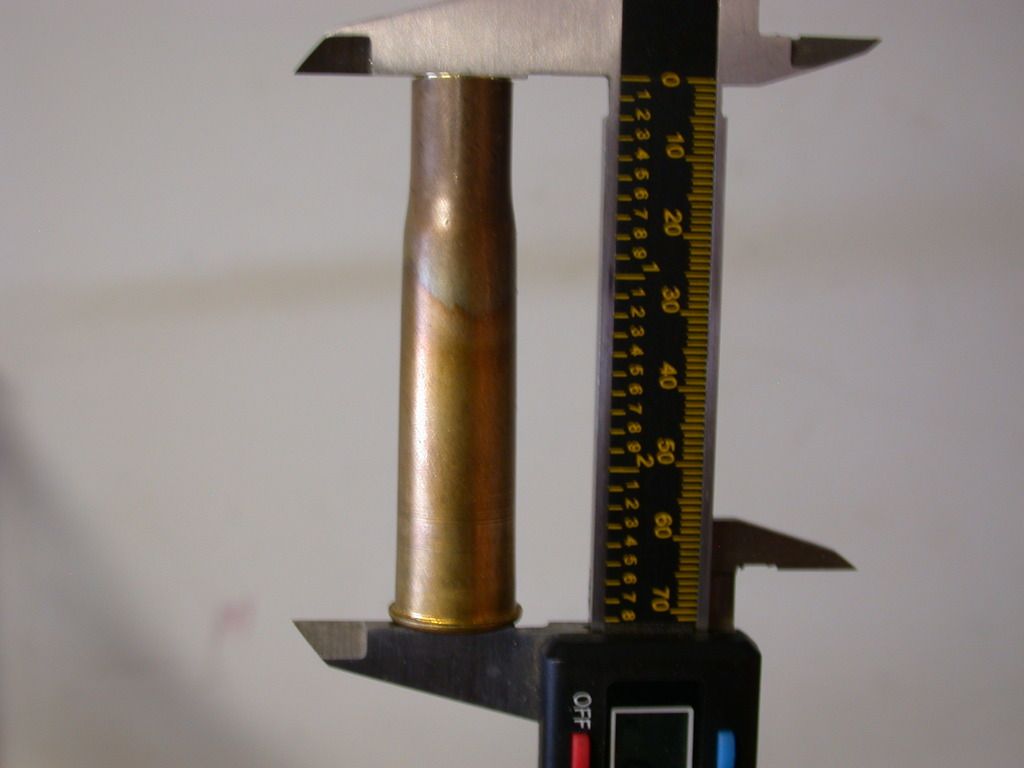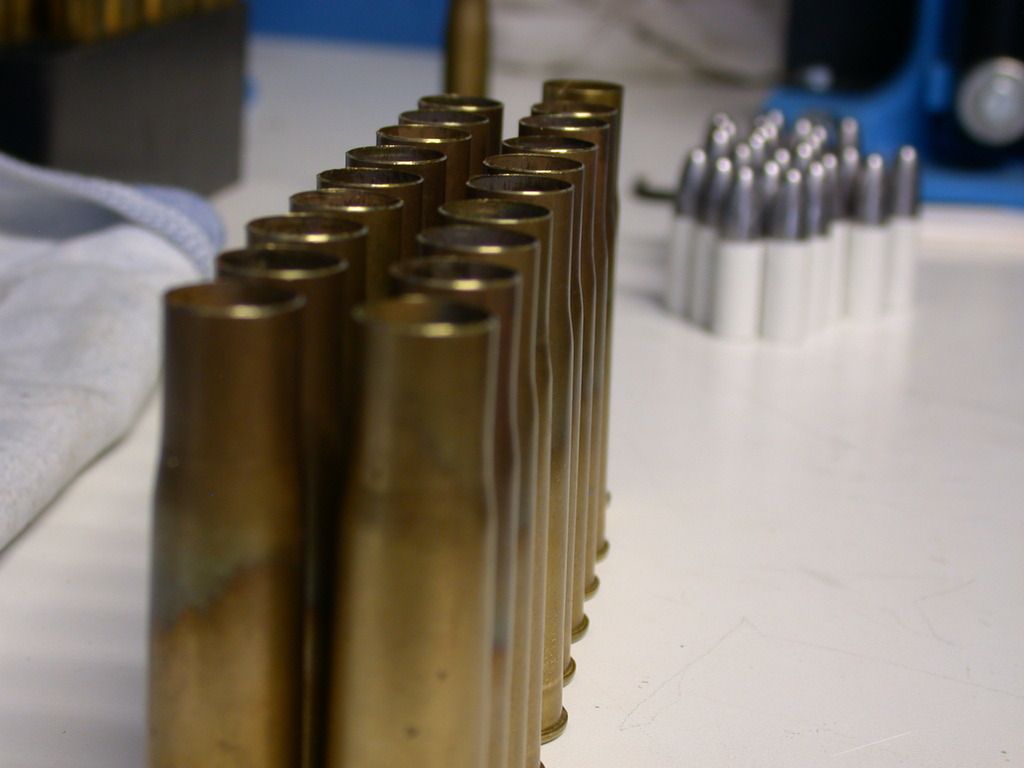I will reload about anything including turning rims, cutting extractor grooves and making the reloading tools.
Because of the versatility of a lathe you can do things such as making cartridge cases from bar stock, reloading dies or reboring bullet molds.
The variety of that other stuff is handloading.

|
   
   
|


|





 Reply With Quote
Reply With Quote






